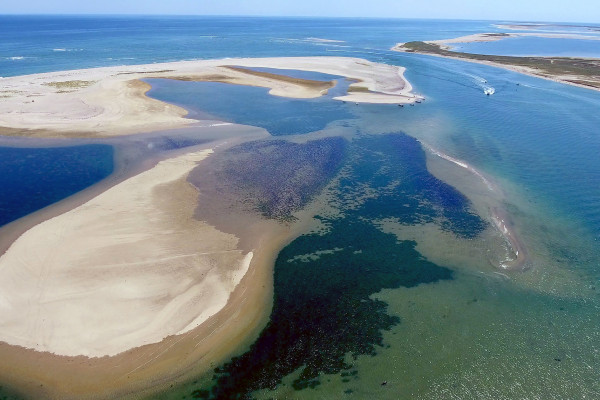
By John Pappalardo
For more than two decades now, every year around this time I become an international diplomat.
My mission? Join a team negotiating a deal with Canadians about how the two countries should divide up fishing rights in one of the most fertile offshore areas in the world, Eastern Georges Bank.
Maps show a line through Georges that doesn’t exist on the water of course. It’s the boundary between the countries, and it took the World Court in the Hague to define it after bitter disputes dating back to the 1970s. As both the US and Canada extended their control of fishing rights, a huge area – 13,000 to 18,000 nautical miles – was contested.
The eastern area was the real prize, incredible stocks of cod, haddock and yellowtail flounder, also oil and gas possibilities. Canada wanted all of the east; surprise, the US did too, as well as Georges in its entirety. The World Court got Solomonic and split the baby, hence a diagonal line.
With that, fishing rights and quotas need to be defined and divided every year.
Coming to agreement has not always been easy. Each country has its own surveys, scientists, and priorities. Each is committed to the idea of “sustainable” fisheries, but each has its own ideas about what that means. Each wants its domestic fleet to get as much as possible, so once there’s a handshake on a total allowable catch for the year, each often makes the case that the bigger share actually comes from one side of the boundary or the other, depending on your English accent and French proficiency.
The negotiating teams create what is called “The Transboundary Management Guidance Committee,” and the group has been convening every year since 2000, hammering out recommendations that need to run up two governmental flagpoles but always get approved.
Historical catch totals account for 10 percent of how the data is weighted, trawl surveys driving scientific projections account for 90 percent. This year we wrapped up our negotiations in mid-September and it was an unusually easy process; no big disputes, no serious disagreements about the science or quotas. In thumbnails, here’s how it came down:
Cod: The total allowable catch for 2024 in Eastern Georges will be 520 metric tons, same as last year. Of that, the US gets 29 percent, or 151 tons. Canada gets 71 percent, or 369 metric tons.
Haddock: Total catch in the East will be 10,000 metric tons, a reduction from last year. The US gets 31 percent, 3100 tons. Canada gets 69 percent, 6900 tons.
Yellowtail: Total catch is 168 metric tons, also a decrease. The US gets 42 percent, 71 tons. Canada gets 58 percent, 97 tons.
These totals come nowhere near the huge heyday amounts landed in previous generations, but even so represent a helluva lot of food, money, and effort. And while both nations agree that in general the state of the stocks is “poor,” there are some encouraging notes:
Cod has held steady and there are signs of growth in the younger population. Recent year classes of haddock offer great hope for future growth. Yellowtail unfortunately don’t look strong or show signs of rebounding even with much less fishing pressure. Meanwhile the Canadians are landing huge amounts of halibut, a species not included in this exercise, while we still limit ourselves to one fish a trip. So that’s something we can continue to try to address.
I don’t expect to be offered an ambassadorship anytime soon, but these international negotiations remain an intriguing part of my work. And of course it’s always gratifying to represent the country even in this small specific way, to try to do right by us and still keep in mind the bigger picture.
John Pappalardo is CEO of the Cape Cod Commercial Fishermen’s Alliance
